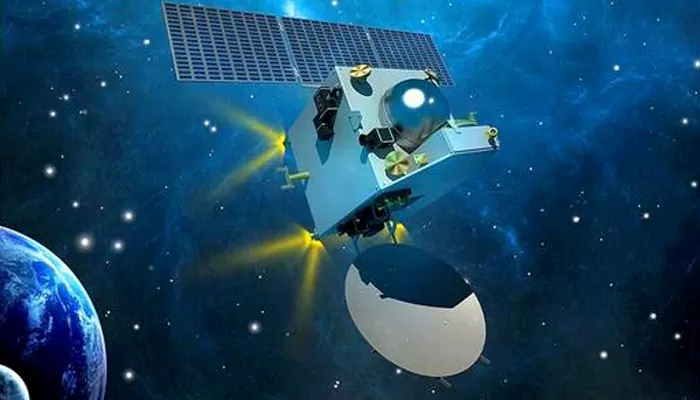Revolutionizing Possibilities: Future Trends of Supercomputing as Microsoft Partners with OpenAI for $100 Bn Stargate Supercomputer Project
- Admin
- 1 year ago
- 3 minutes read

Since its inception in 1964, the demand of high-performing supercomputers has increased rapidly.
The high-performing computing (HPC) systems are required in diverse fields including market research, scientific and technological work, business-related models and so on. By simulating the intricacy of both nature and technology more practically, supercomputers push the boundaries of science. In other words, these innovations prepare human beings for an unprecedented future.
Now, a recent news has surprised everyone as Microsoft and OpenAI's are planning to collaborate for an ambitious data centre project. As per the sources, both the companies will be developing an artificial intelligence supercomputer ‘Stargate’, which will be launched in 2028. Meanwhile, the overall cost of the project is expected to exceed $115 billion.
In this article, we will discuss about the future trends in supercomputing as two tech giants are collaborating for such a massive project.
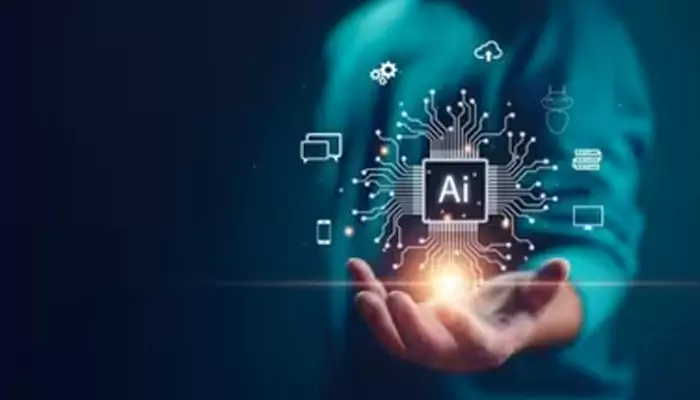
Incorporation of AI:
We are living in the era of artificial intelligence (AI). The rising demand for AI data centres, Gen AI technology, indicates the requirement for advanced infrastructure. Under such circumstances, Stargate initiative indicates a paradigm shift in the global AI landscape. HPCs are required to power these AI workloads. Moreover, AI is so powerful that it can optimize the efficiency of any system. It can also be beneficial for security and detecting anomalies.
Enhanced Value & Speed:
As centralized data centers are very slow for modern applications, tech giants are planning to deploy faster response as well as bandwidth-saving benefits in HPCs. Speed is an ultimate requirement nowadays. Scientists are working on enhancing the abilities for faster solution of complex problems by HPCs. For that purpose, edge computing is becoming popular gradually.
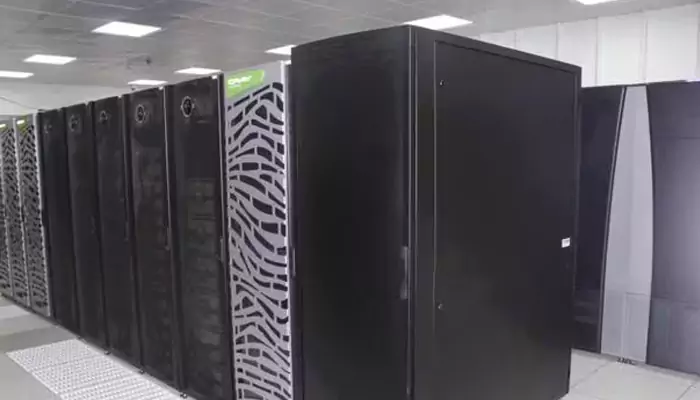
More Accessible HPCs:
Accessibility is the key when we talk about modern innovations. Globally, many vendors are transitioning towards providing HPC as a service (HPCaaS) inspite of selling HPC equipment. The major benefits of this system are scalability, ease of deployment, along with predictability of costs. Now, Amazon is providing Amazon Web Services (AWS), Google along with Alibaba provide HPCaaS, and so on.
Rise of GPU Computing:
It is well known that graphics processing units (GPUs) are originally designed for gaming purposes. Over the years, it has evolved into one of the most crucial computing technologies. A GPU is nothing but a specialized processing unit which can process numerous pieces of data simultaneously. This makes GPU an important tool for machine learning (ML), video editing, apart from gaming applications. GPUs are also beneficial in data mining, weather forecasting, and so on. Now, NVIDIA is the biggest GPU maker in the world.
Investment on Modern Data Storage:
The three major components of any supercomputer are computing, networking, and storage. The ability to accommodate the large amount of data is a prerequisite now. It should make data storage handy irrespective of size. Now, companies need a data storage solution to keep their supercomputer system completely future-proof.
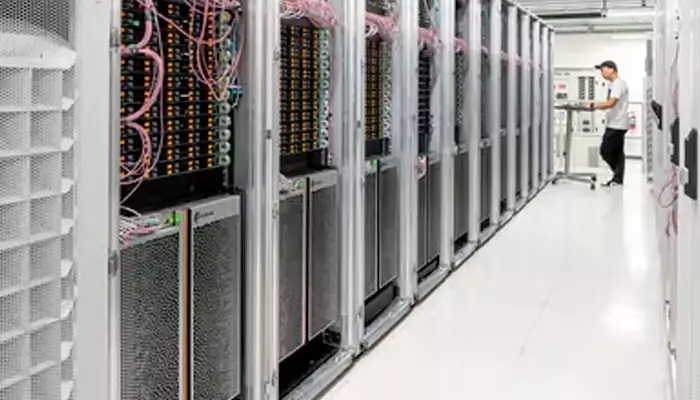
HPC has the unique potential to provide solutions for numerous, critical and contemporary challenges including global privacy, medical research, along with sustainable supply-chain logistics.
This partnership between Microsoft and OpenAI is believed to be a strategic move to hold the lead position in AI innovation. By this collaboration, Microsoft is planning to push the limits of AI capability and find the solutions for transformative advancements in different sectors.


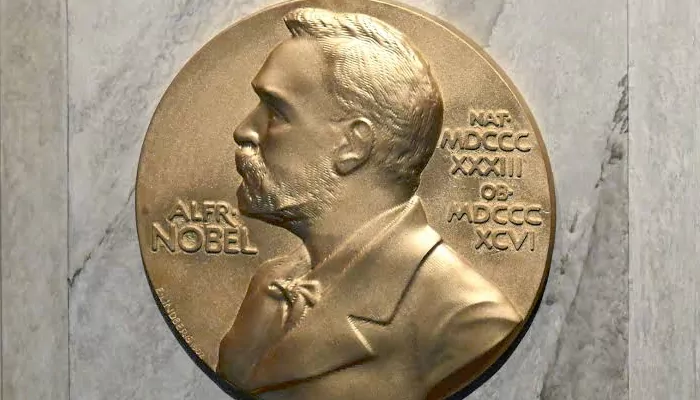
.webp)

.webp)
